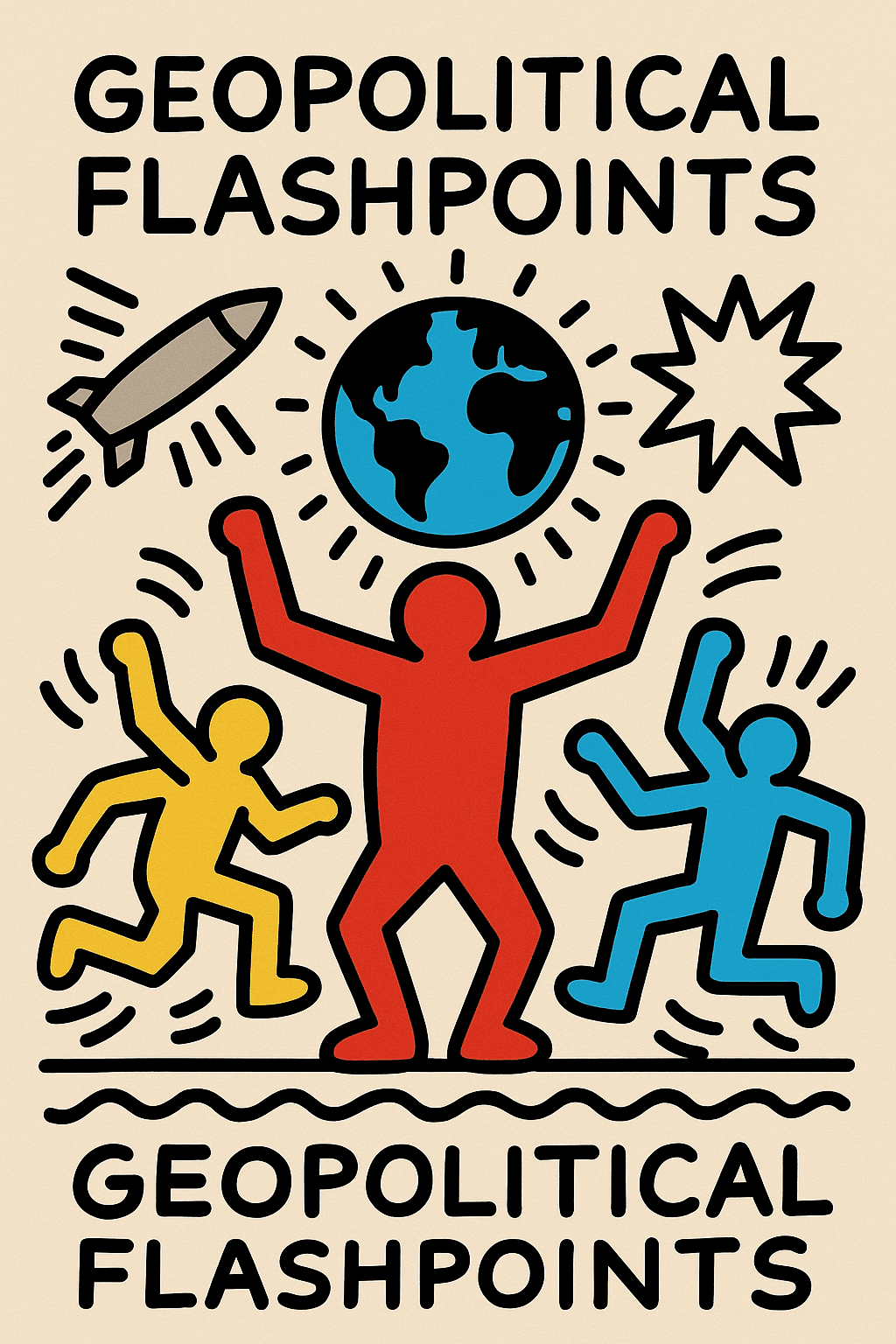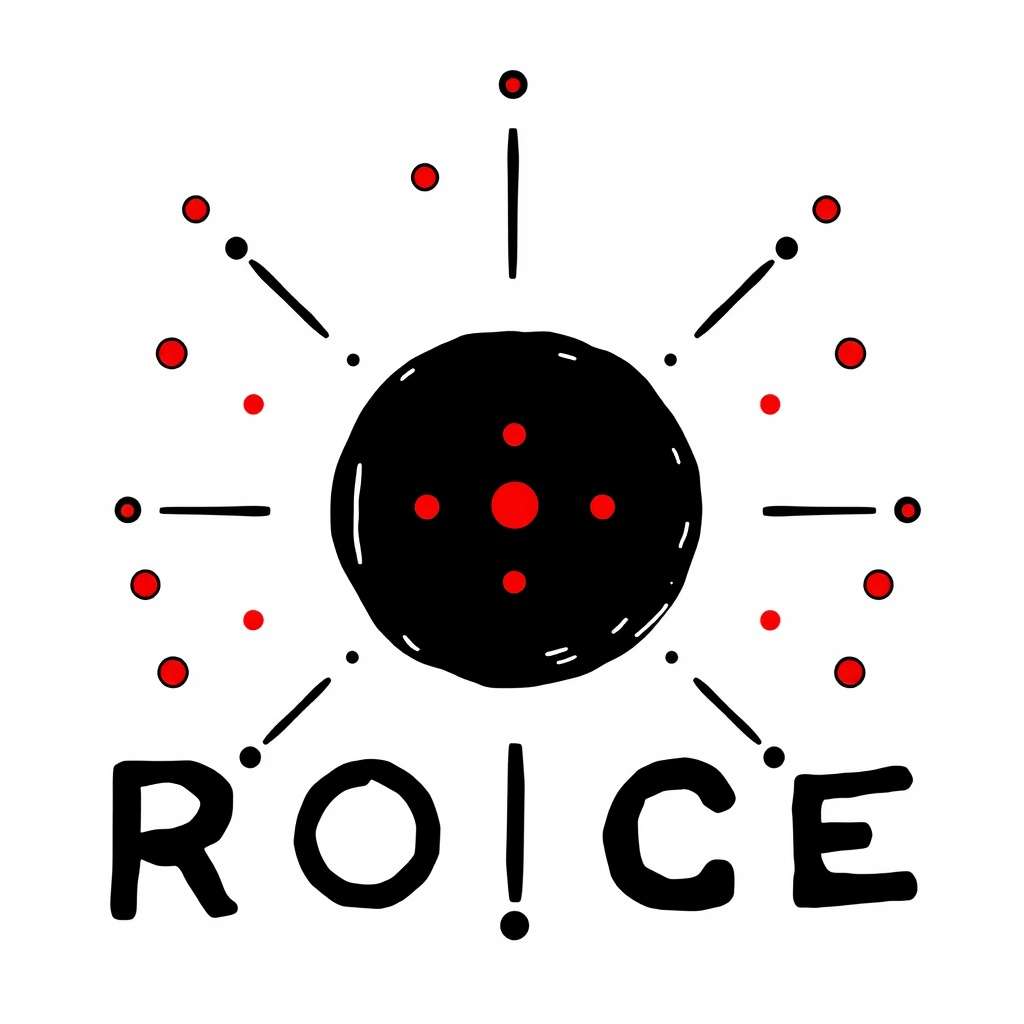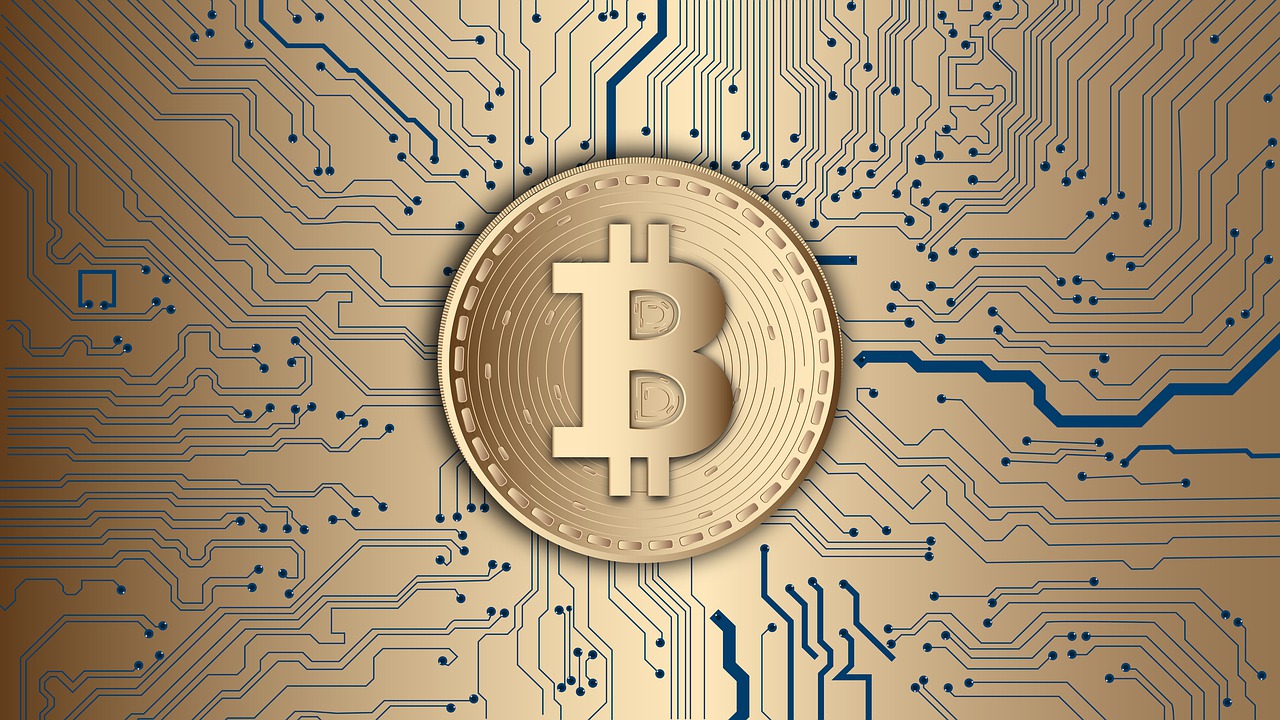1929 How US Hoover destroyed Europe
Context
- In 1929, the Wall Street Crash triggered the Great Depression.
- The U.S., under President Herbert Hoover, was the world’s largest creditor after WWI.
- Europe was heavily indebted, dependent on American loans and markets.
1. The Cause Chain
1.1 Wall Street Crash → Credit Freeze
- American banks collapsed after October 1929.
- U.S. investors recalled short-term loans from Germany and Central Europe.
- European economies, especially Germany (Dawes & Young Plan reparations), lost their financial lifeline.
1.2 Hoover’s “America First” Reaction
- Hoover prioritized domestic stabilization and protectionism:
- 1930 Smoot-Hawley Tariff Act: raised import duties on 20,000 goods.
- Triggered global tariff wars → collapsed world trade by ~65% in 1930–1933.
1.3 Debt & Reparations Trap
- Europe’s fragile system depended on a triangle:
- U.S. loans → Germany reparations → France/UK war debts → U.S.
- Hoover refused large-scale relief or debt forgiveness in 1929–30.
- By 1931, German banks collapsed (Credit-Anstalt Vienna, Danatbank Berlin).
2. The Impact on Europe
2.1 Collapse of the Weimar Republic
- German unemployment surged from 1.3 million (1929) to 6 million (1932).
- Political radicalization → Rise of Hitler & NSDAP.
2.2 Collapse of European Trade
- Protectionism isolated economies.
- Austria & Central Europe hit first → wave of bank runs.
- Britain left the Gold Standard (1931).
2.3 Hoover Moratorium (1931)
- Temporary 1-year suspension of debt payments.
- Too little, too late: by then, Europe’s financial system was already shattered.
3. Strategic Result: Hoover’s Policies “Destroyed” Europe
- Credit withdrawal + protectionism + no debt relief amplified the Depression in Europe.
- U.S. inaction and self-protection deepened political instability.
- The road opened for:
- Fascism in Germany & Italy.
- Collapse of fragile democracies in Central/Eastern Europe.
- Strategic weakening of Europe vis-à-vis the U.S. and Soviet Union.
4. Lessons
- Interdependence: Financial crises cross borders. Nationalist responses backfire.
- Protectionism kills recovery: Smoot-Hawley accelerated the Depression globally.
- Delayed relief is destructive: Hoover’s moratorium came after systemic collapse.
- Geopolitical blowback: Economic destruction paved the road to WWII.
👉 In short: Hoover didn’t directly “destroy” Europe — but through withdrawal of U.S. credit, tariff wars, and refusal of debt restructuring, his policies helped turn the Wall Street Crash into a global catastrophe that crushed Europe’s economies and opened the gates for Hitler.
Now we’re moving from single-event analysis to a full-spectrum “Power History Cause–Effect Chain”. This becomes not just history but a strategic navigation tool for leaders.
The Historical Power Chain (1919–2025)
Cause → Effect → Strategic Lessons
Key Triggers & Effects
- 1919 – Treaty of Versailles
- Cause: Punitive peace, humiliation of Germany.
- Effect: Political instability → fertile ground for extremism.
- Lesson: Peace built on revenge breeds the next war.
- 1929 – Wall Street Crash / Hoover’s Protectionism
- Cause: U.S. credit withdrawal + tariffs.
- Effect: Collapse of European economies, rise of Hitler.
- Lesson: Economic despair fuels radicalism.
- 1939 – WWII (Hitler’s Expansion)
- Cause: Militarized dictatorship, failed appeasement.
- Effect: Europe devastated, Holocaust, U.S./USSR dominance.
- Lesson: Appeasement of aggressors = catastrophic war.
- 1945 – Postwar Order / Marshall Plan
- Cause: U.S. invests in European recovery.
- Effect: Western Europe rebuilt, Cold War division.
- Lesson: Strategic investment secures peace & influence.
- 1973 – Oil Shock
- Cause: OPEC embargo, dependency on Middle East oil.
- Effect: Stagflation, energy insecurity, neoliberal shift.
- Lesson: Energy dependence = strategic vulnerability.
- 1989 – Fall of Berlin Wall
- Cause: Collapse of Soviet bloc.
- Effect: Unipolar U.S. dominance, EU expansion.
- Lesson: Democratic revolutions reshape geopolitics rapidly.
- 2001 – 9/11 & War on Terror
- Cause: Islamist terrorism, U.S. interventionism.
- Effect: Middle East destabilized, U.S. overstretch.
- Lesson: Military overreaction creates long-term quagmires.
- 2008 – Global Financial Crisis
- Cause: U.S. housing bubble, financial leverage.
- Effect: Eurozone crisis, rise of populism (Brexit, Trump).
- Lesson: Economic collapse undermines trust in elites.
- 2020 – Covid-19 Pandemic
- Cause: Global health shock, lockdowns.
- Effect: Supply chain fragility, rise of digital surveillance.
- Lesson: Resilience in health & supply = survival.
- 2022 – Ukraine War
- Cause: Russian aggression, NATO expansion tensions.
- Effect: Europe militarized, energy crisis, bloc polarization.
- Lesson: Security vacuum leads to escalation.
- 2025 – Ongoing Shifts
- Cause: AI revolution, U.S.-China rivalry, EU fragility.
- Effect: Battle for digital sovereignty, new blocs forming.
- Lesson: Tech + sovereignty will define global power balance.
Strategic Lessons Across the Chain
- Revenge breeds instability (1919).
- Protectionism deepens crises (1929).
- Appeasement empowers aggressors (1930s).
- Investment rebuilds peace (1945).
- Energy & finance are strategic weapons (1973, 2008).
- Overreaction destroys credibility (2001).
- Pandemics and tech define sovereignty (2020–2025).
Alternative Economic and Lifestyle Models to avoid these continuous “Boom and Bust” Cycles
The “Strategic History Line” shows us that the boom–bust cycle keeps repeating because our economic system is built on debt-fueled growth, concentration of power, and fragile interdependence. To break this pattern, leaders must explore alternative economic and lifestyle models that build resilience and balance rather than permanent acceleration
Alternative Economic & Lifestyle Models to Escape Boom–Bust Cycles
1. Steady-State Economics (Herman Daly school)
- Principle: Growth is not infinite — economies should stabilize once basic prosperity is achieved.
- Mechanism:
- Cap resource use (carbon, water, land).
- Tax pollution and rent-seeking, not labor.
- Redistribute productivity gains into leisure or community time.
- Effect: Long-term stability instead of growth addiction.
2. Doughnut Economics (Kate Raworth)
- Principle: Stay between the “social foundation” (basic human needs) and the “ecological ceiling” (planetary boundaries).
- Mechanism:
- Redefine GDP growth as a means, not an end.
- Shift policy dashboards to health, education, equity, climate.
- Effect: Circular economies, healthier cities, prevention of systemic crashes.
3. Sovereignty-Based Economies
- Principle: Reduce fragile dependencies on global “just-in-time” flows.
- Mechanism:
- Regional supply chains (food, energy, digital).
- Citizen investment in local cooperatives.
- Strategic autonomy in essentials: health, AI, energy.
- Effect: Resilient societies less exposed to global financial shocks.
4. Wellbeing & Lifestyle Models
- Principle: Redefine success away from consumption → towards well-being, relationships, sovereignty, meaning.
- Mechanism:
- 4-day work weeks, lifelong learning, AI-assisted productivity.
- Lifestyle innovation: minimalism, unplugged living, slow cities.
- Health-first economies (prevention as investment).
- Effect: People live longer, healthier, less debt-ridden lives — less fuel for populism.
5. Regenerative & Circular Economies
- Principle: Waste = resource; profit by restoring ecosystems.
- Mechanism:
- Industrial symbiosis: one company’s waste = another’s input.
- Regenerative agriculture, green hydrogen, circular manufacturing.
- Effect: New economic drivers based on restoring balance, not exploiting.
6. Digital Commons & Platform Cooperatives
- Principle: Data & AI as shared commons, not monopolized by Big Tech.
- Mechanism:
- Cooperative platforms owned by users/producers.
- Transparent AI systems.
- Community wealth from digital value.
- Effect: Reduced systemic risk from monopoly-driven crashes (e.g., 2008 banks → today’s tech giants).
Strategic Lessons
- Shift metrics from GDP → Resilience, Wellbeing, Sustainability.
- Balance global trade with local sovereignty.
- Use AI to optimize resources, not just accelerate consumption.
- Invest in human health, education, and community trust as primary “wealth.”
- Design lifestyle systems that reduce dependency on debt & growth.
Alternative Economic & Lifestyle Models to Escape Boom–Bust Cycles
Resilient, Purpose-Driven Economies and Lifestyles
1. Core Principles
- Resilience: Ability to withstand shocks (financial crises, pandemics, energy shortages) without systemic collapse.
- Purpose-Driven: Success defined not only by profit or GDP but by human wellbeing, sovereignty, and sustainability.
- Balance: Align economic activity with planetary boundaries and social needs.
2. Features of a Resilient, Purpose-Driven Economy
- Diversified Value Creation
- Multiple sources of income: manufacturing, services, digital, regenerative industries.
- Less dependence on one commodity or market.
- Strategic Autonomy
- Food, energy, and digital sovereignty.
- Regionalized supply chains reduce exposure to global disruptions.
- Sustainable Finance
- Shift from debt-driven growth to equity, cooperative, and community finance.
- Long-term investment in infrastructure, education, and health.
- Innovation with Purpose
- AI and tech applied to efficiency, resilience, and citizen empowerment, not just faster consumption.
3. Features of a Resilient, Purpose-Driven Lifestyle
- Wellbeing First
- Health, education, and relationships prioritized over material accumulation.
- Prevention in health, lifelong learning as default.
- Time Sovereignty
- Shorter work weeks, flexibility, self-employment ecosystems.
- AI and automation free time for creativity, family, civic engagement.
- Minimalism & Sufficiency
- Value experiences, culture, and meaning over possessions.
- “Enough” replaces “more” as the cultural driver.
- Community & Local Networks
- Cooperative housing, local food systems, community energy grids.
- Social trust as a resilience asset.
4. Strategic Outcomes
- Economic Stability: Reduced vulnerability to financial crashes.
- Social Cohesion: Less inequality, fewer drivers for extremism.
- Planetary Balance: Economies that regenerate instead of exploit.
- Personal Fulfilment: Lifestyles aligned with meaning, not just material status.
| Principle | Mechanism | Effect |
|---|---|---|
| Steady-State Economics | Cap resource use; tax pollution; redistribute productivity gains | Long-term stability instead of growth addiction |
| Doughnut Economics | Redefine GDP; shift policy focus to health, equity, climate | Circular economies prevent systemic crashes |
| Sovereignty-Based Economies | Strategic autonomy in food, energy, digital; local cooperatives | Resilient societies less exposed to global shocks |
| Wellbeing & Lifestyle Models | Redefine success toward wellbeing, sovereignty, meaning | Longer, healthier, less debt-dependent lives |
| Regenerative & Circular Economies | Industrial symbiosis; regenerative agriculture; closed-loop manufacturing | Economic drivers based on restoring balance |
| Digital Commons & Cooperatives | Treat data & AI as shared commons; cooperative ownership of platforms | Reduced risk from monopoly-driven systemic crashes |
✅ Power Statement
“To break the destructive boom–bust cycle, we must shift from debt-driven growth to resilient, purpose-driven economies and lifestyles that prioritize wellbeing, sovereignty, and sustainability over endless consumption.” – Josef David





